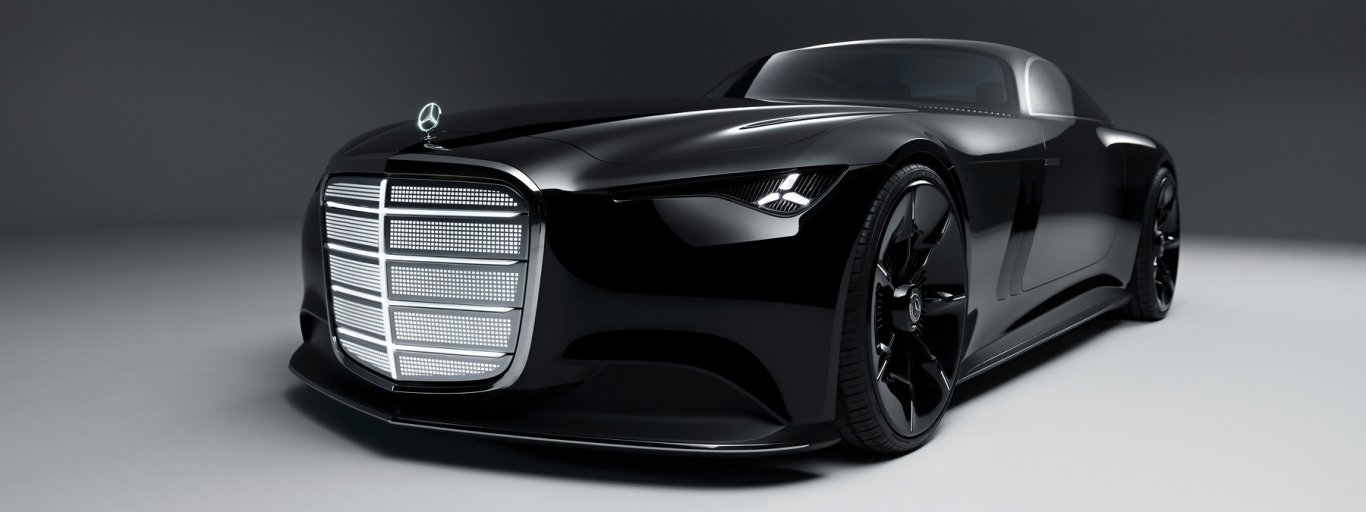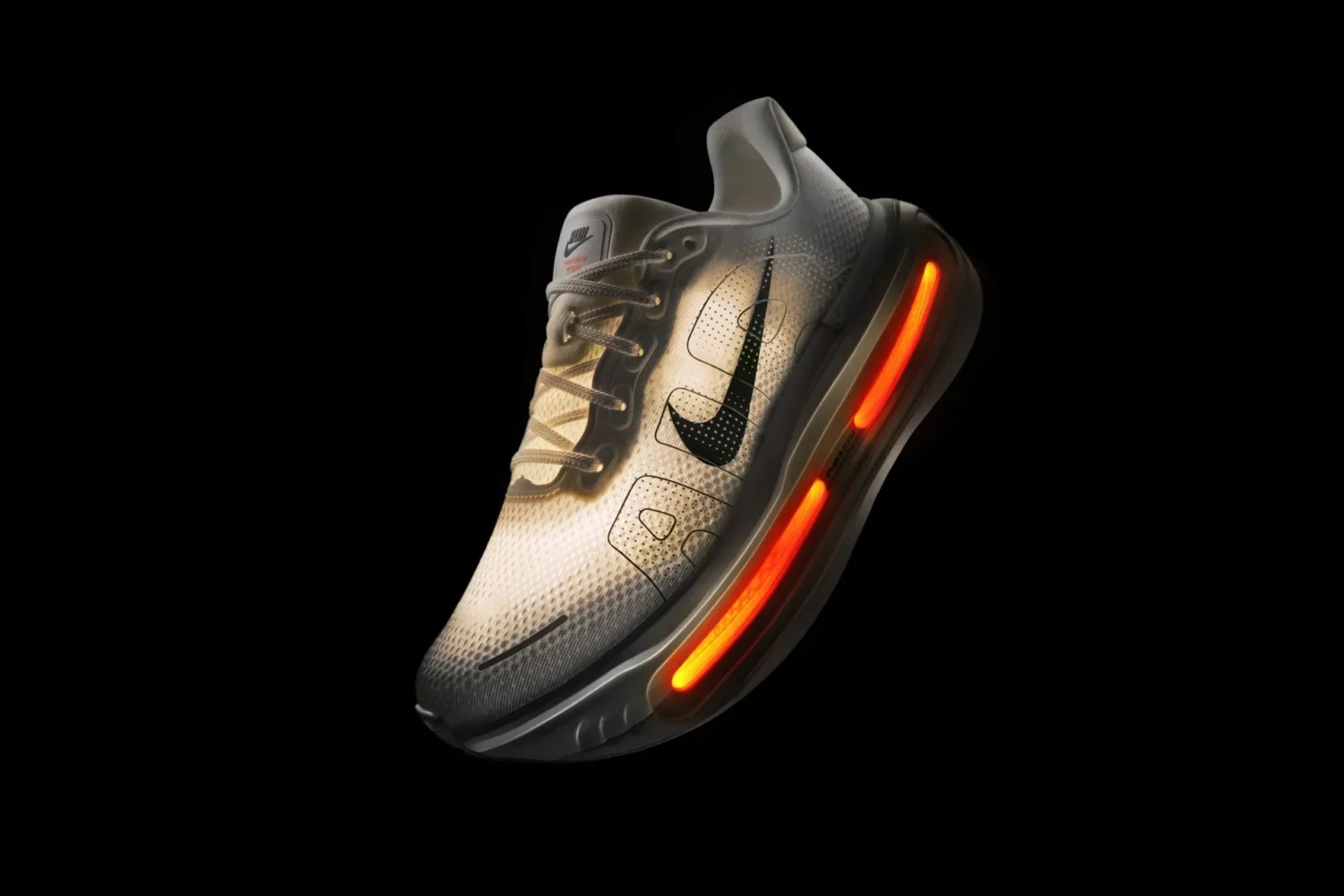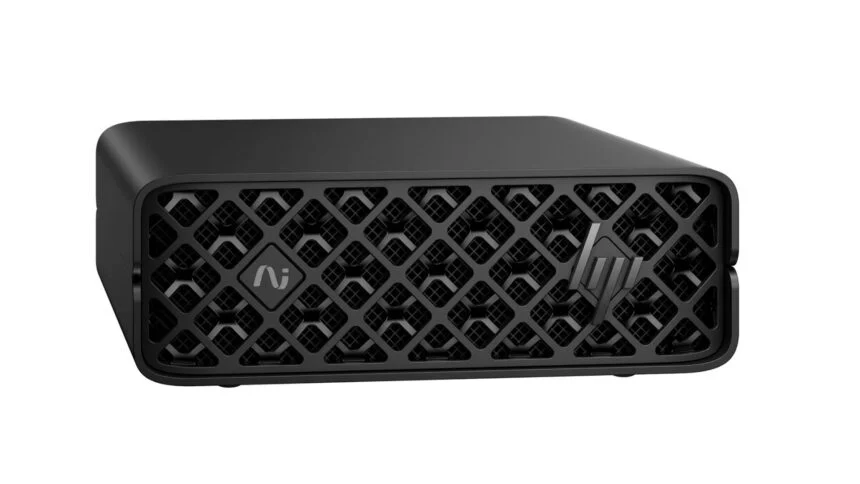Mercedes-Benz has unveiled the Vision Iconic, a show car that encapsulates the company’s evolving approach to design and technology. Presented between Stuttgart and Shanghai, the Vision Iconic draws from the brand’s long aesthetic heritage while integrating technologies meant for the next generation of electric and automated vehicles.
The concept centers on the reinterpretation of the Mercedes-Benz grille—one of the most recognizable elements in automotive design. The “iconic grille,” framed in chrome with a smoked-glass lattice and contour lighting, evokes classic models such as the Mercedes-Benz 600 Pullman and W 111 sedans while introducing digital illumination and animation features. The upright illuminated star and sleek headlights further extend the car’s emphasis on light as both function and emotion.
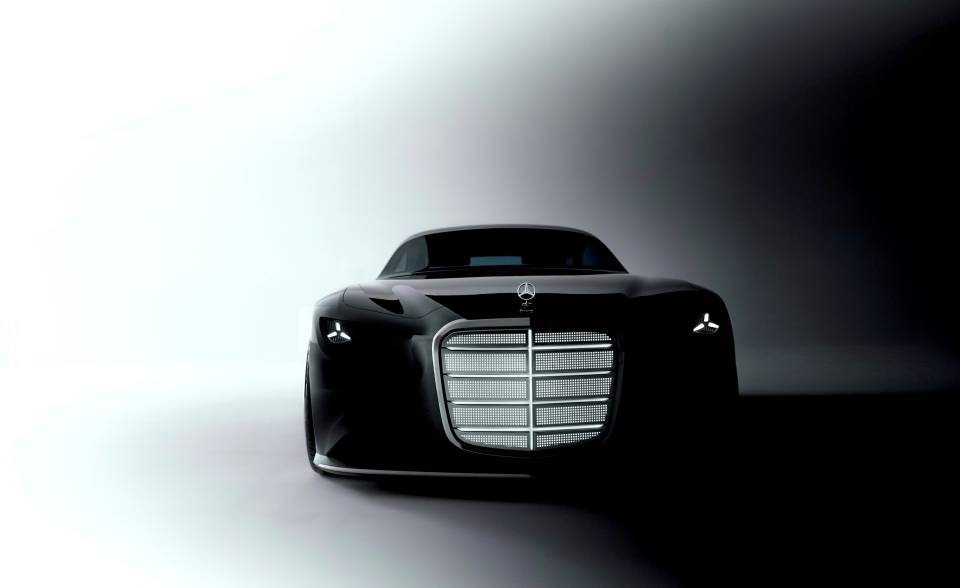
Markus Schäfer, Chief Technology Officer at Mercedes-Benz, described the Vision Iconic as a glimpse into the company’s technological direction, highlighting elements like neuromorphic computing, steer-by-wire systems, solar paint, and Level 4 automated driving. These features, still in research and early-stage testing, point toward more efficient and intelligent vehicle systems. Neuromorphic computing, for instance, models itself on the human brain to enable faster, more energy-efficient data processing for autonomous driving—potentially reducing energy demands by up to 90 percent compared to current architectures.
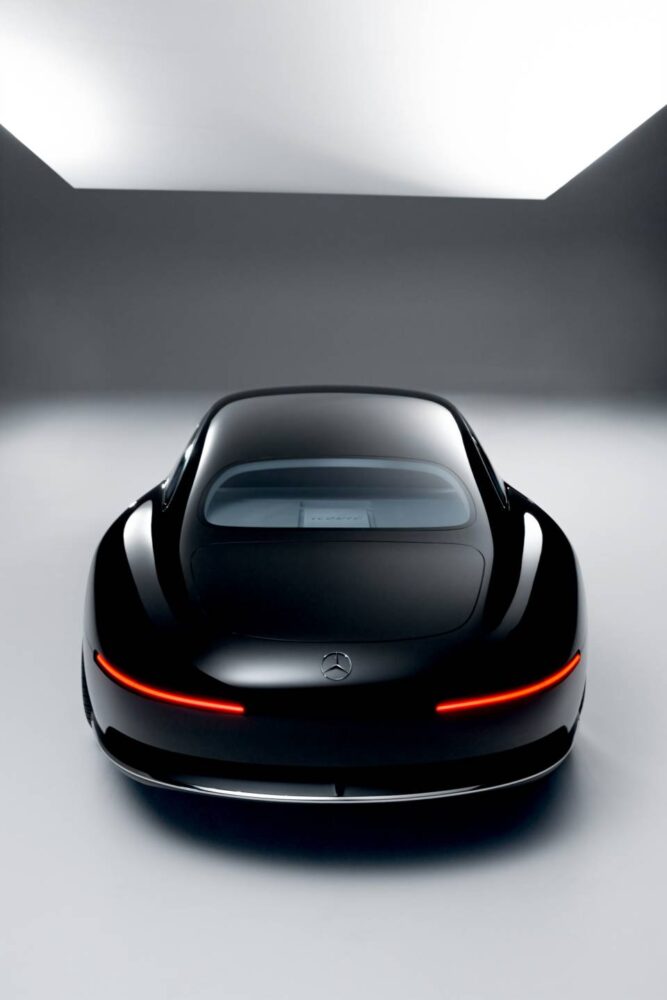
Visually, the Vision Iconic recalls the sculptural elegance of the 1930s, with Art Deco influences and a sweeping hood that accentuates its proportions. The deep black high-gloss exterior emphasizes the car’s contours, while the interior aims to merge “hyper-analogue” craftsmanship with digital integration. Inside, a floating glass instrument cluster dubbed the “Zeppelin” houses analogue-inspired dials and digital displays within a sculptural design. Materials like mother-of-pearl marquetry, brass detailing, and velvet upholstery are combined with cinematic lighting and a lounge-like seating arrangement designed for comfort in automated driving modes.
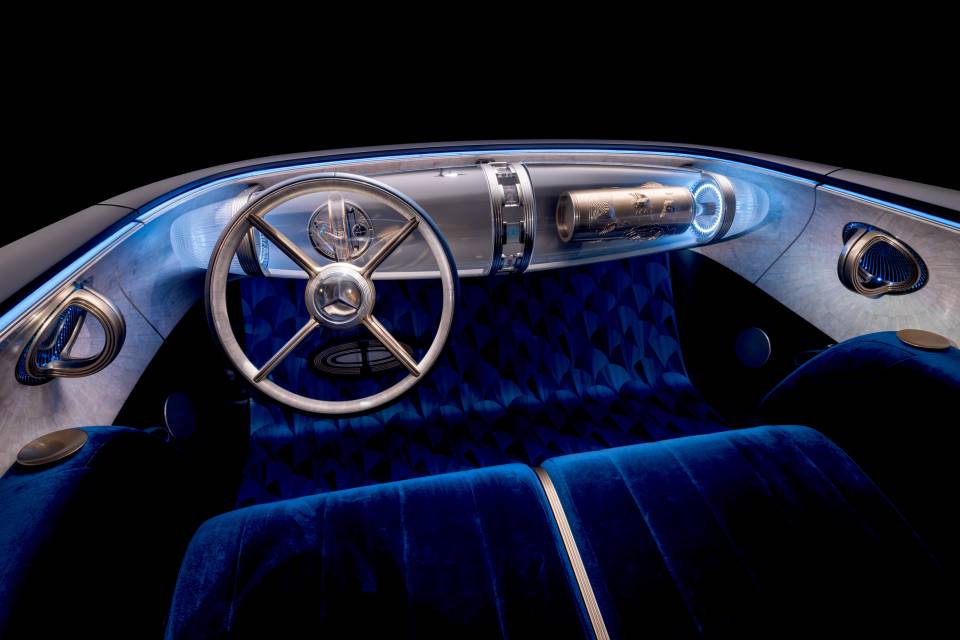
The solar coating on the vehicle’s surface represents another forward-looking experiment. Mercedes-Benz is testing wafer-thin photovoltaic materials that can generate supplemental energy from sunlight, potentially adding up to 12,000 kilometers of range per year under ideal conditions. The coating, which avoids rare earth elements and can be recycled, reflects the company’s research into more sustainable energy solutions for electric mobility.
The Vision Iconic also introduces steer-by-wire technology—replacing mechanical steering with electronic controls that transmit inputs to the wheels via actuators. Combined with rear-axle steering, this allows smoother handling, greater design flexibility inside the cabin, and improved maneuverability for large vehicles.
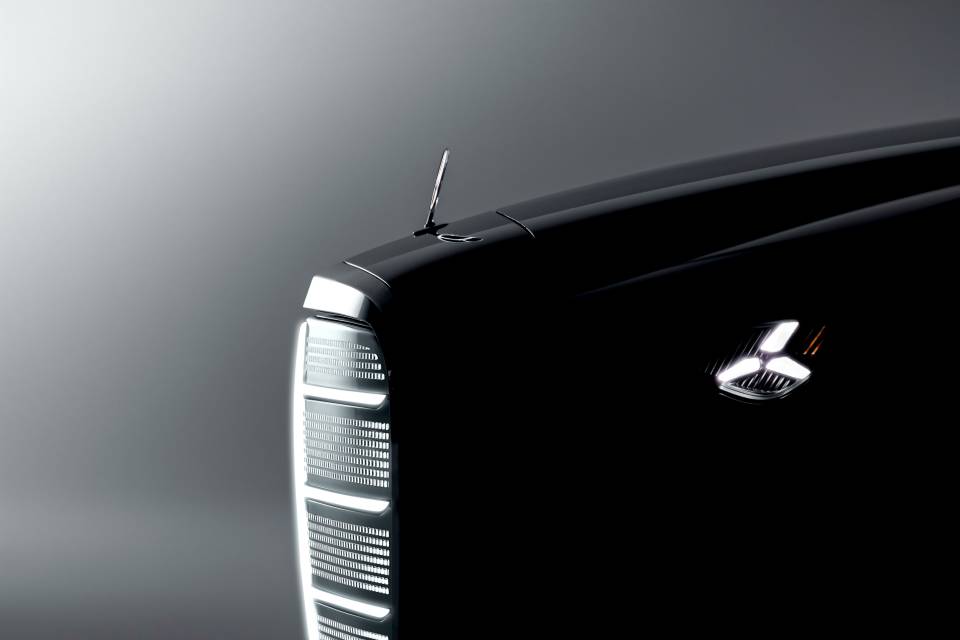
Beyond the vehicle itself, Mercedes-Benz used the debut to introduce the “Vision Iconic Capsule Collection,” a series of six tailored outfits for men and women inspired by the car’s color palette and Art Deco design cues. The fashion line connects automotive craftsmanship to haute couture and premiered alongside Shanghai Fashion Week.
To complement the project, Mercedes-Benz has produced the “Iconic Design Book,” which outlines the philosophy behind what it calls the “New Iconic Era.” The publication includes interviews with CEO Ola Källenius and Chief Design Officer Gorden Wagener, along with photography and conceptual work illustrating how the brand intends to preserve its design identity while adapting to electrification and digital transformation.

